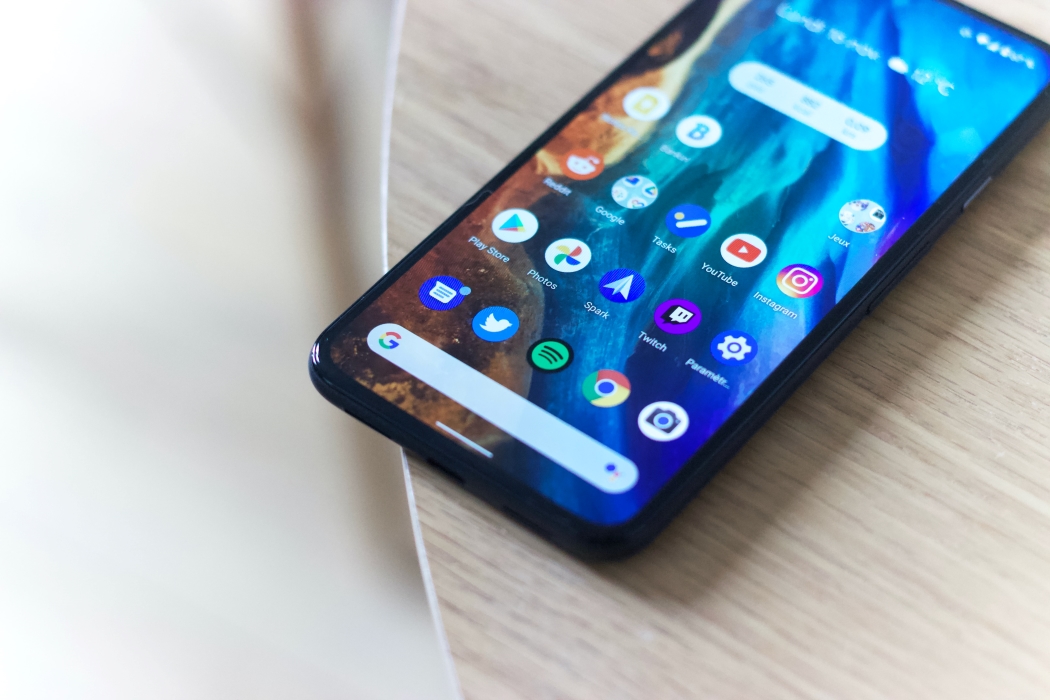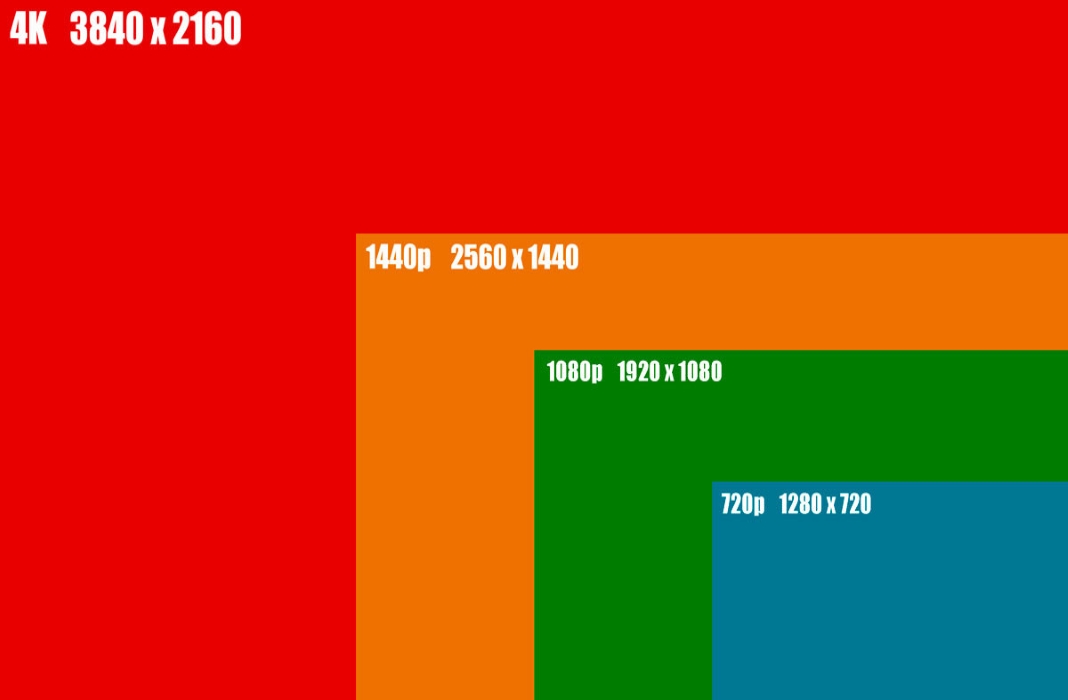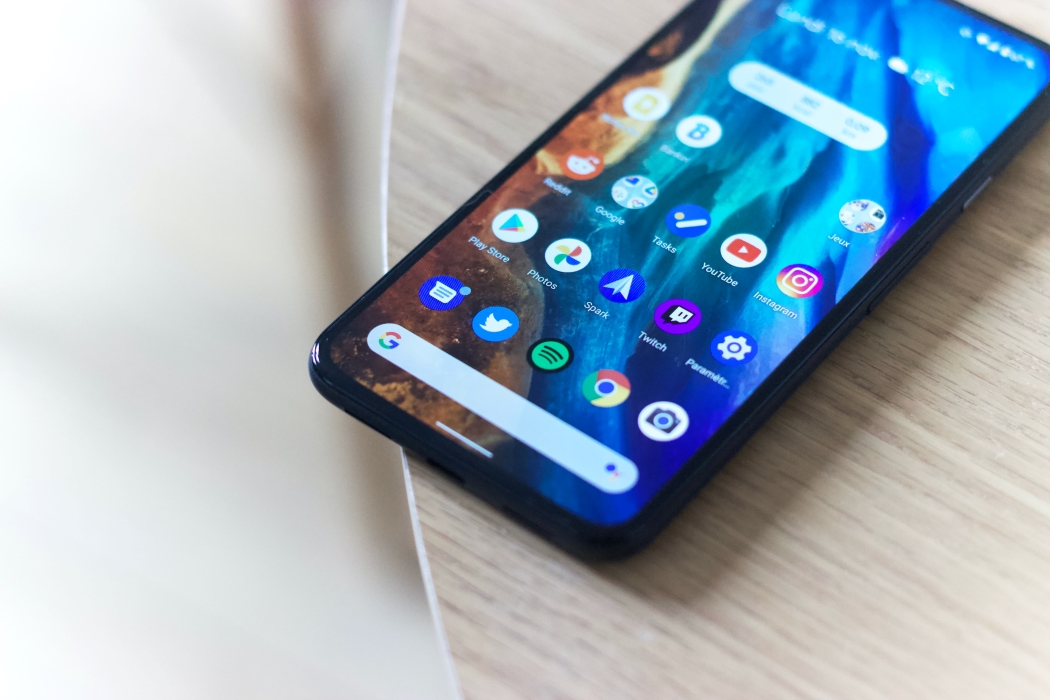The mobile market continues to grow, with no end in sight. There are more and more brands competing in it and, in turn, these brands are constantly coming out with more and more models. In fact, it’s almost turned into a battle of specifications that often doesn’t end up persuading or even interesting users.
One of the specifications that we tend to hear about when a new phone comes out (especially if it’s a high-end or premium model) is the screen resolution, or in other words: the total number of pixels that can be displayed on the device’s screen.
 Do most people use high resolutions?
Do most people use high resolutions?
Since 2012, with the arrival of the HTC J Butterfly, FullHD screen resolution was established as the norm throughout the high-end and upper-middle range of phones. This has continued to grow until today, where we find models with FullHD+, QHD+, 2K+ and even 4K resolution like the Sony Xperia XZ2 Premium. However, despite manufacturers’ best efforts, the most popular screen resolutions among Android users are very different.
Around 130 million unique monthly users use Uptodown to download apps and games from all over the world on phones from all different brands and, of course, with different resolutions.
According to our own data, which matches up with that of several analytics firms, the most common screen resolution on Android phones is not the FullHD+, QHD+ or 2K+ of high-end devices, but in reality, that of much more humble devices.

Specifically, the one in the first place is 360×640, used by almost 19 million users. In second place we find 360×800, with 9.5 million users, and in third place comes 360×780 with almost 5.4 million users.
Throughout the first fifteen places, you won’t find the 1920×1080 pixels of Full HD resolution nor the 1280×720 of HD. As a result, this makes us think that devices with these resolutions represent a very small percentage of users in the Android world.
Fragmentation is (partly) to blame
The main cause of this disparity can be found in Android fragmentation, as there are devices everywhere with unequal performance levels, as well as different screen sizes and resolutions.
This fragmentation also affects app developers, as they not only have to work on apps capable of running on different Android versions or internal specifications, but also have to define a design capable of adjusting to screens of different sizes, orientations and, of course, resolutions.












